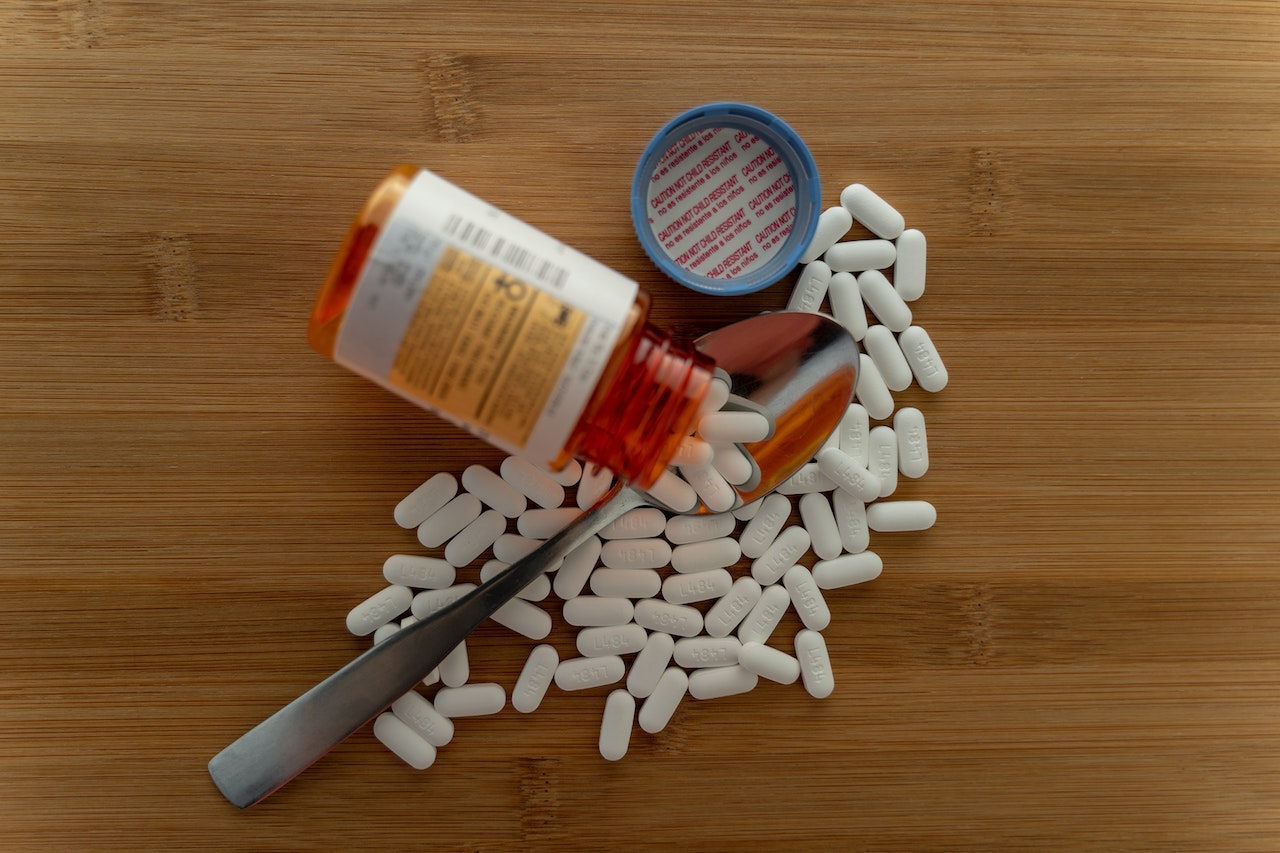

The Controversy Over Bio-Identical Hormone Therapy Both kinds can be created in a number of forms, including pills, creams, patches, and gels as well as vaginal rings. Within the category of bio-identical hormones, there are two types: preparations pre-made and distributed by major pharmaceutical companies and those made up in a compounding pharmacy. “There are others that can be included such as DHEA or pregnenolone however, most physicians do not include them as part of a mixture to replace a woman’s reproductive hormones.”


“The three major hormones made by ovaries are estradiol, progesterone, and testosterone,” says Dr. Unlike conventional hormone therapy that uses synthetic hormones or animal-based hormones that are slightly different from a woman’s own hormones, bio-identical hormones are biochemically the same as those made by the ovaries during a woman’s reproductive years, explains Charla Blacker, MD, a reproductive endocrinologist at Henry Ford Hospital in Detroit. Many women stopped taking hormone replacement therapy (HRT), and some went looking for alternatives. The hormone used in that trial was an FDA-approved combination of non-bio-identical estrogen and progesterone. Interest in bio-identical hormone therapy started to take off in 2002 when a large study called the Women’s Health Initiative (WHI) was halted after researchers discovered an increased risk of breast cancer, heart attack, stroke, and other problems in post-menopausal women taking hormone replacement therapy. Just what is bio-identical hormone therapy? Is it a “natural” and safe alternative to standard hormone replacement therapy for menopause symptoms - or is it a potentially risky menopause treatment?


 0 kommentar(er)
0 kommentar(er)
